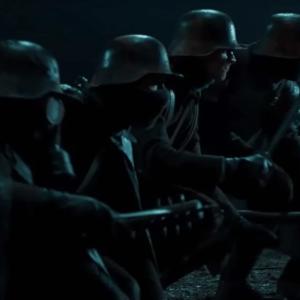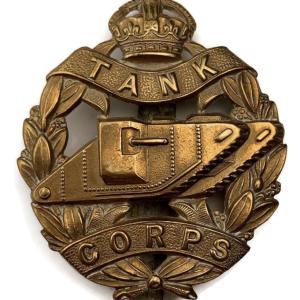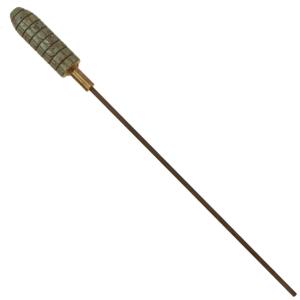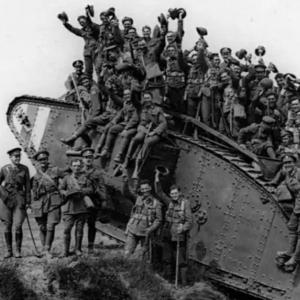
German Storm Troopers WW1
German storm assault troops in the First World War were known as Stosstruppen, often translated as storm troops or shock troops. They did not appear by accident. Their origin was partly intellectual, partly battlefield necessity, and partly the product of specific personalities. The single most important individual in their creation was Hauptmann Willy Rohr. Rohr commanded an experimental assault detachment from 1915 onward, in which he tested new weapons, lighter kit, new grenade tactics, flamethrowers and new forms of movement across no man’s land. His unit became a sort of laboratory for infantry innovation. His reports, his demonstrations, and the success of his trials were fed up the chain of command. By 1917 the German high command formally accepted the concept and began spreading it army-wide. General Oskar von Hutier is also famous for using these troops brilliantly in the field, especially at Riga and later during the 1918 Spring Offensive, and thus his name became closely tied to “infiltration tactics,” but the original spark and systematic development came from Rohr’s experiments.
The training these men received was far more intense than normal infantry. Training emphasized initiative, not obedience to rigid drill. They were encouraged to think for themselves, to take local decisions, to exploit openings instantly without awaiting orders. They were drilled in fire-and-move tactics, grenade throwing, rapid assault against trenches, and house-to-house or dugout-to-dugout fighting. They practiced short violent bursts of action rather than long marches and parade ground precision. Their weapon handling was focused on close quarters tools: pistols in both hands, sacks of stick grenades, compact carbines, light machine guns, short-range SMG style fire (later in the war with MP 18s), and flamethrower sections working closely alongside them. They also trained to cooperate with artillery timing, with prearranged creeping or rolling barrages, because the whole German breakthrough theory now depended on needing only seconds between the last shellburst and the arrival of the assault team in the enemy trench.
They were not paid substantially more than ordinary infantry, at least not in the sense of an official “elite pay scale.” There were sometimes extra rations and priority for certain comforts, especially in 1917–1918, but the German army was short of everything by then, so extravagance was not possible. Some units, especially experimental assault detachments, had more reliable access to food, tobacco and alcohol as rewards. This was partly to maintain spirit in a very dangerous profession. The real “bonus” was status. Being selected as storm troops meant you were considered among the best. The German army was highly status-conscious. These men were idolised in the press, admired by other soldiers, envied for their equipment, and given more freedom of decision-making. In a military culture where promotions were slow and class-based, being a storm trooper was one of the few ways an ordinary man could become a sort of hero inside the trenches.
Why did they do it, given the danger? Because this was the first role in years that offered the possibility of victory. Traditional trench assault was nothing but slaughter. The stormtrooper idea promised movement again. Tactical innovation gave men the feeling they were not cattle for the slaughter line. They believed they were actually part of the solution to break the hell of static trench warfare. They also gained a stronger sense of camaraderie: small units, often hand-picked, training together, living separately from line infantry, developing pride in their detachment. And because they were taught to think and to take initiative, many of them felt like craftsmen or hunters rather than anonymous rifle numbers in a mass formation. It changed human psychology inside the war. They felt special, and they genuinely had more control over their own fate.
On the battlefield in 1918, the storm assault approach nearly cracked the Western Front. During Operation Michael, small infiltration groups smashed through British defense zones, bypassed strongpoints, raced past machine-gun nests, and forced the enemy into confusion. Logistics and exhaustion eventually slowed them beyond their artillery umbrella. Germany lacked trucks, food and fuel to exploit the breakthroughs. But the stormtrooper tactics themselves permanently altered how war would be fought. In many ways the modern assault infantry, special operations commando units, and flexible mission command philosophy owe more to these battered, grenade-laden German storm assault men of 1917–1918 than to any other single formation in the First World War.










